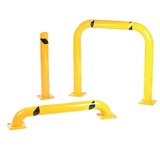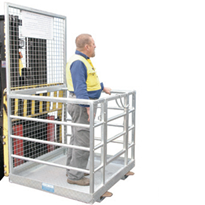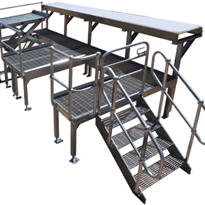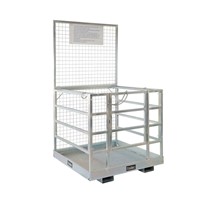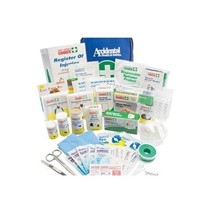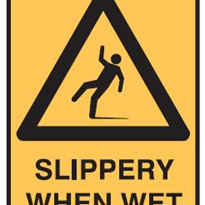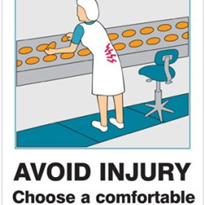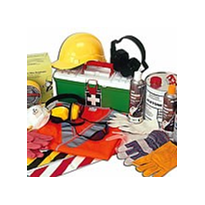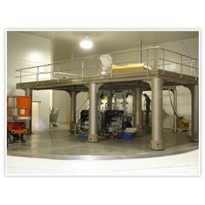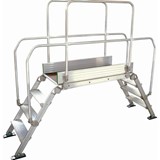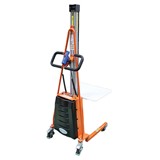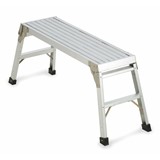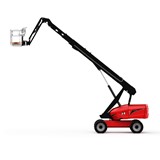Depending on your specific role in the business, you may have a large degree of responsibility for ensuring the right practices are in place, or may simply have to follow the appropriate procedures in your day-to-day work.
From having the right procedures in place for using walkways to understanding what hazards are present in the workforce, it's essential to get your head around safety.
A strategy that's in place sets out a number of outcomes and national targets that businesses will want to keep in mind in the months and years to come.
What's the Australian Work Health and Safety Strategy?
Safe Work Australia explains that this decade-long strategy sets out a number of outcomes and national targets for workplaces across the country.
It covers the years 2012 through to 2022, with a progress review planned for 2017. Ultimately, the strategy aims for "reduced incidence of work-related death, injury and illness, achieved by reduced exposure to hazards and risks, using improved hazard controls and supported by an improved national work health and safety infrastructure".
What targets are in place?
Safe Work Australia has set a number of targets to help meet the multi-faceted aim of the overall strategy. These include a reduction of work facilities due to injury as well as a drop in the number of claims for musculoskeletal disorders that lead an employee to being unable to work for one week or more.
The third target is a 30 per cent or more reduction "in the incidence rate of claims resulting in one or more weeks off work". If these targets are met, a range of industries may be deemed safer by the general public, as well as becoming a lot more productive.
According to the 2014 Key Work Health and Safety Statistics Booklet, the incidence rate of claims for serious work-related injuries or illnesses was 12.2 for every 1,000 employees in 2011-12. There is definitely progress to be made, but the annual workplace safety initiative may help decrease these figures further.






